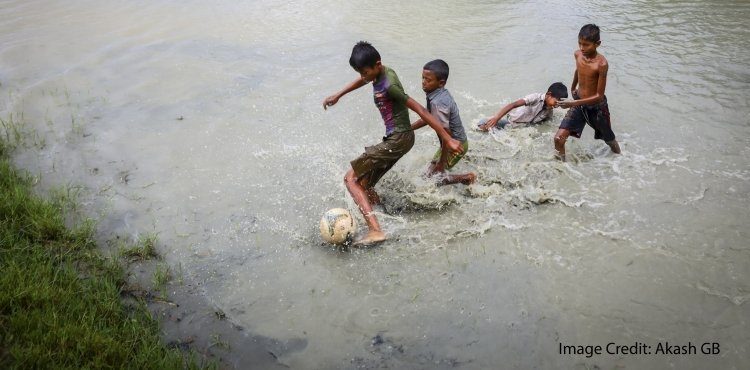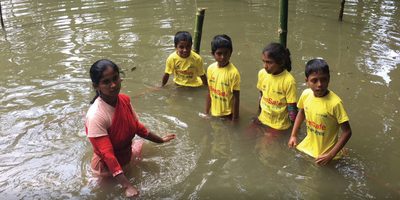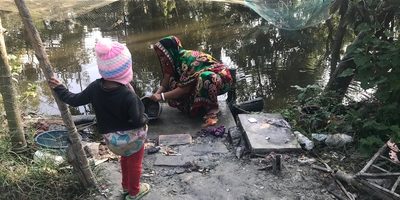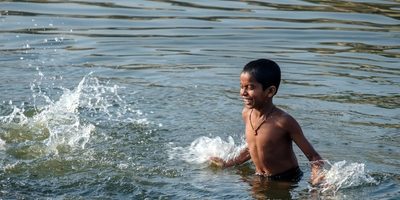
Understanding and preventing child drowning in the Sundarbans, West Bengal
Drowning is emerging as an important global health issue. In 2018, the World Health Organization reported 320,000 drowning deaths globally, with an estimated 90% of drownings occurring in low-and middle-income countries (LMICs). 62,000 deaths, or almost one fifth of the burden, is in India. Children aged 1-9 are most at risk of drowning.
Children in some coastal regions of India such as the Sundarbans in the northern state of West Bengal are at a high risk of drowning, due to poor infrastructure, rurality, presence of unregulated open water, lack of safety awareness and inadequate health systems.
The World Health Organization has recommended four community-based interventions in rural LMIC settings to reduce drowning in young children. These interventions are: the installing barriers controlling access to water (such as playpens and fencing), the provision of safe spaces away from children with capable child care, teaching school-aged children basic swimming and rescue skills and training adult bystanders in safe rescue and resuscitation.
This project aims to conduct formative work to develop a drowning prevention program for children in the Sundarbans. This involves calculating the drowning rates of 1-9 year old children in the Sundarbans and understanding common circumstances around the deaths. A policy analysis has identified existing government programs that may be used to implement drowning interventions. Community-level and government-level stakeholders will also be engaged to identify feasible intervention options.
This work will be used to develop recommendations for which of the WHO interventions can be implemented in the Sundarbans region to prevent drowning, and work with local governments and NGOs to implement these.









